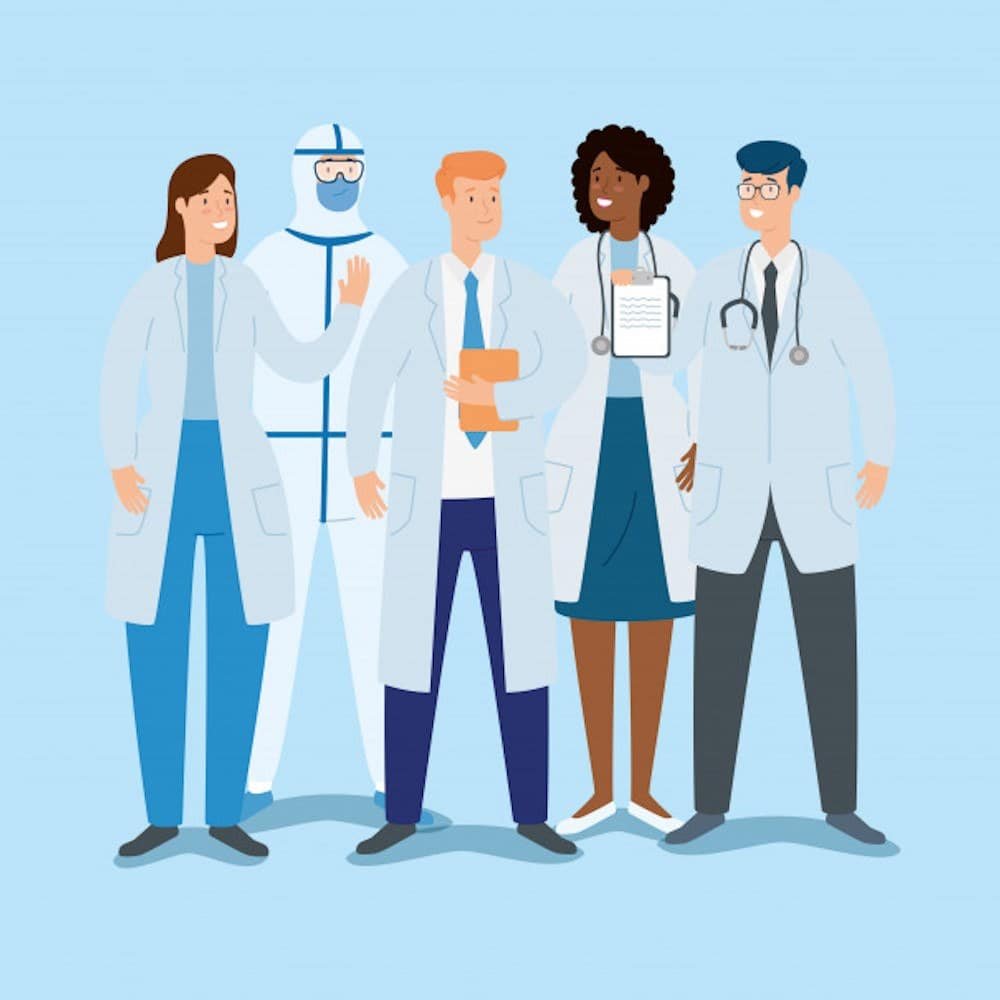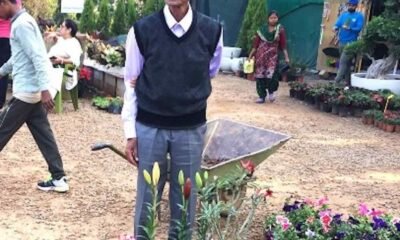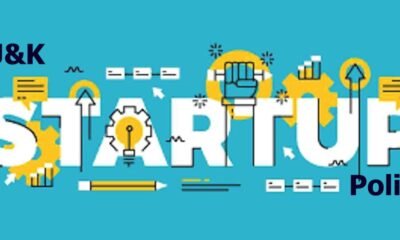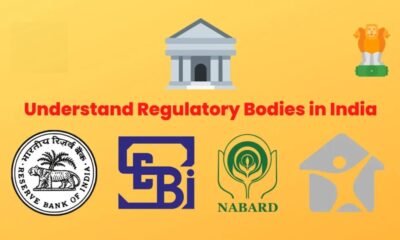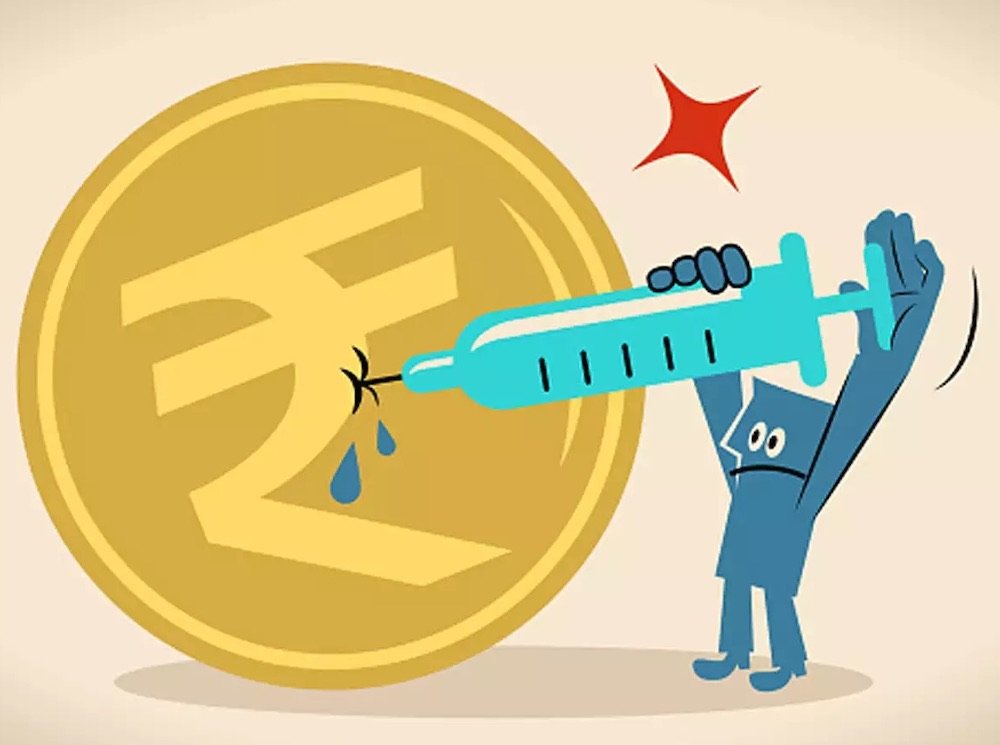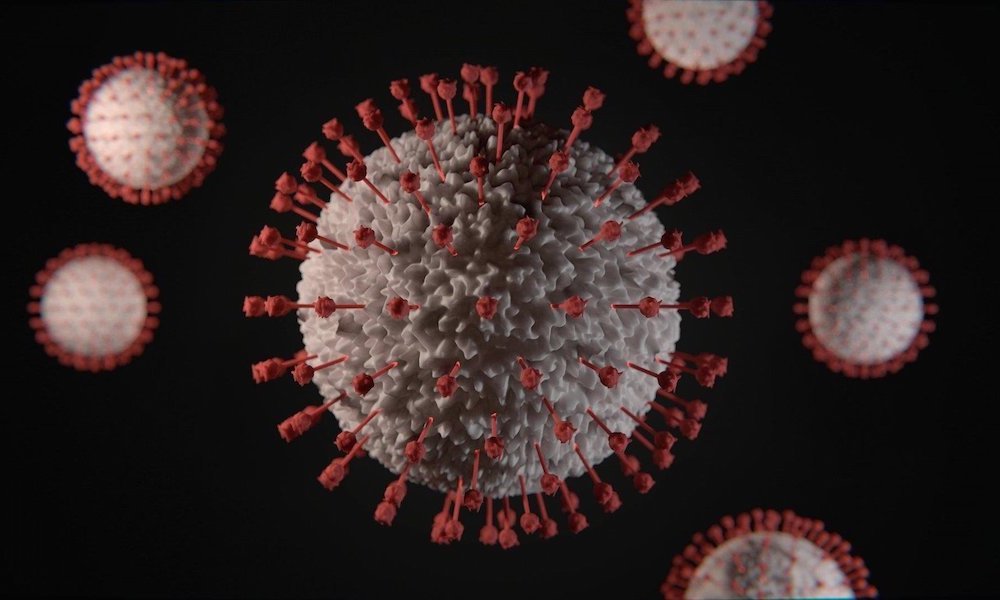Should doctors be saved or stoned
Aina Bhat
Naveed Hamid
“A doctor, like anyone else who has to deal with human beings, each of them unique, cannot be a scientist; he is either, like the surgeon, a craftsman, or, like the physician and the psychologist, an artist. This means that in order to be a good doctor a man must also have a good character, that is to say, whatever weaknesses and foibles he may have, he must love his fellow human beings in the concrete and desire their good before his own.” — W. H. Auden
Doctors are critical to a successful response to the COVID19 pandemic. They play critical roles in diagnosis, containment, and care, and their willingness to treat despite elevated personal risks is critical to the effectiveness of public health response. Frontline employees have been subjected to high work volumes, personal risk, and social pressure in order to meet extraordinary healthcare demands. Despite this, conventional public health ethics has paid little attention to protecting doctors’ rights.
Credibility of a medical practitioner in present era
The position of doctors during the COVID19 pandemic, with a focus on the Health Service, by answering the following four questions: what are the essence and scope of healthcare providers’ duties? To whom do these responsibilities apply? What are the employers’ and patients’ mutual responsibilities to doctors? What do doctors do if these mutual duties are not met? While these questions apply to all healthcare professionals, it is important to note that different healthcare professionals have different responsibilities, which can influence the degree of their occupational risks and duties.
Doctors and COVID19: Why we need to be a wise human first
Many physicians around the world have had personal encounters with COVID19 infection. Many doctors/medical practitioners have a terrifying experience with COVID19 in the year 2020, when all of their family members test positive and have a turbulent path. The majority was of the opinion that the dreadful tale of COVID19 should be hidden in order to protect their patients in tough times by wearing masks and taking antibiotics on their own, which then degraded their health and caused death to numerous medical practitioners.
Courage to work and treat under INFECTED Culture:
The response is easy and straightforward: “because they handle contaminated patients.” It is a self-evident truth, but it is only a partial explanation. It is widely accepted that when treating patients, doctors subconsciously train their minds to be emotionally distant from the disease, which aids them in making reasonable decisions. They have persuaded themselves that the patient in front of us has a disorder that will not affect us. And if it does, they will benefit more than our patients. Too much of this leads some doctors to believe they are invincible. Early in the pandemic, doctors who were unconcerned about PPE and other safeguards were the most vulnerable targets. Many senior practitioners, physicians, and family doctors, especially those in private practice, underestimated the infective potential. They were comparing this to the yearly influenza outbreak and figured they’d make it through just fine. Many doctors carried on with their clinics as usual, without PPE, without monitoring patient numbers, and without paying special attention to social distancing or sanitization. Family doctors were the most vulnerable and were exposed to infected patients. Family physicians and doctors employed in smaller practices were unable to support the increase in operating costs due to the high cost of PPE/masks/sanitization kits combined with lower earnings. Those who kept hospitals and clinics closed found that this could not continue indefinitely and opened the clinics to a flood of patients.
At the same time, in other parts of the world, a few patients filed consumer complaints alleging infections from clinics and hospitals. Some of us forgot that doctors are not superhumans and that they too can become infected in non-hospital settings where they are not wearing PPE. The doctor’s identity may have saved them from police intervention during the lockdown, but it did not protect them from infection.
This pandemic has once again shown that doctors are poor patients. Doctors have a tendency to ignore their own signs. None of them evaluates themselves critically in the same way as they would evaluate our patients. A common mistake is to blame non-specific symptoms on non-medical factors such as too much stress or a lack of sleep. Many doctors hesitate to test for COVID19 when they have trivial symptoms or suspected contact due to the fear of getting a positive report. The majority of those affected remained asymptomatic and recovered, but this also suggests that more people had the test only when the symptoms were unbearable. Typically doctors test only when they have a persistent high-grade fever or significant breathlessness.
The authors are associated with SKUAST-K

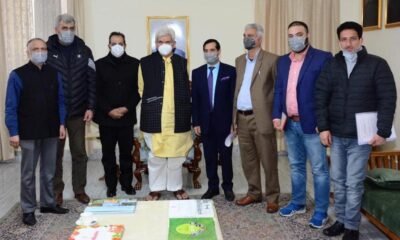

 Industry4 years ago
Industry4 years ago
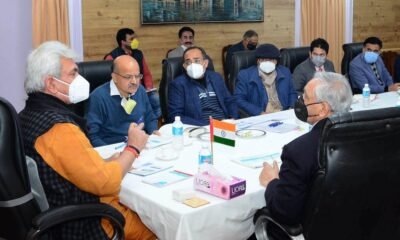

 Energy4 years ago
Energy4 years ago
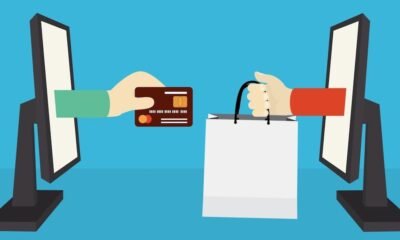

 Economy2 years ago
Economy2 years ago


 Infra4 years ago
Infra4 years ago


 AgriBiz4 years ago
AgriBiz4 years ago
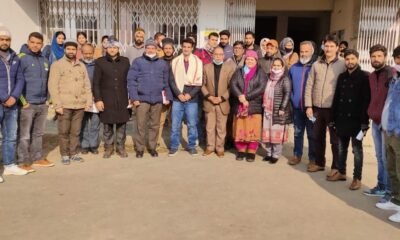

 Careers4 years ago
Careers4 years ago
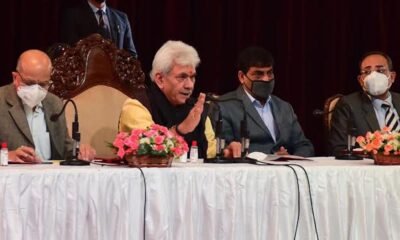

 Economy4 years ago
Economy4 years ago


 Industry4 years ago
Industry4 years ago
